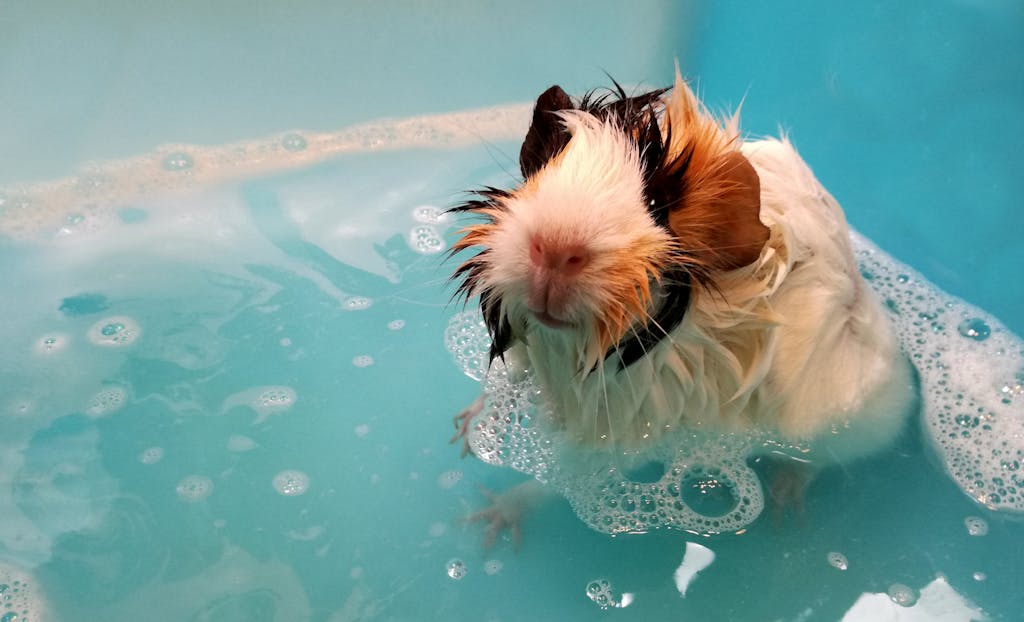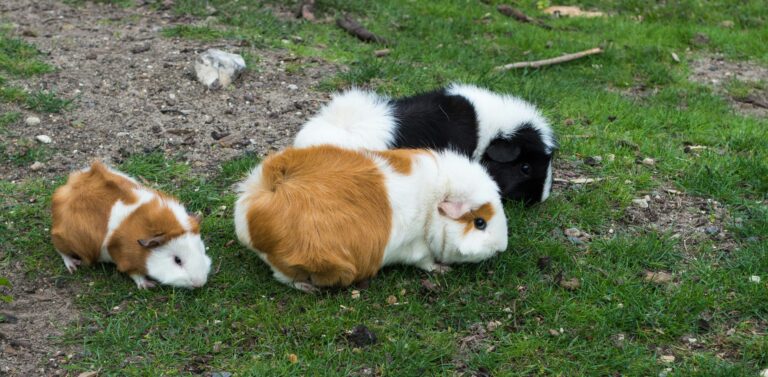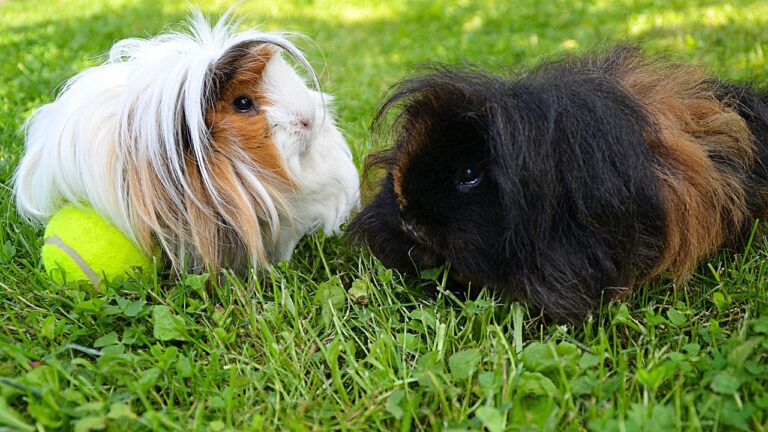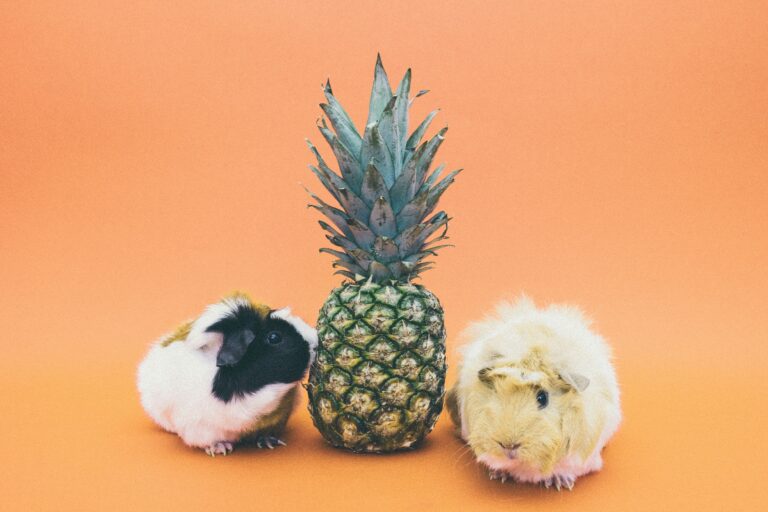Is a Guinea Pig a Rat or a Pig?
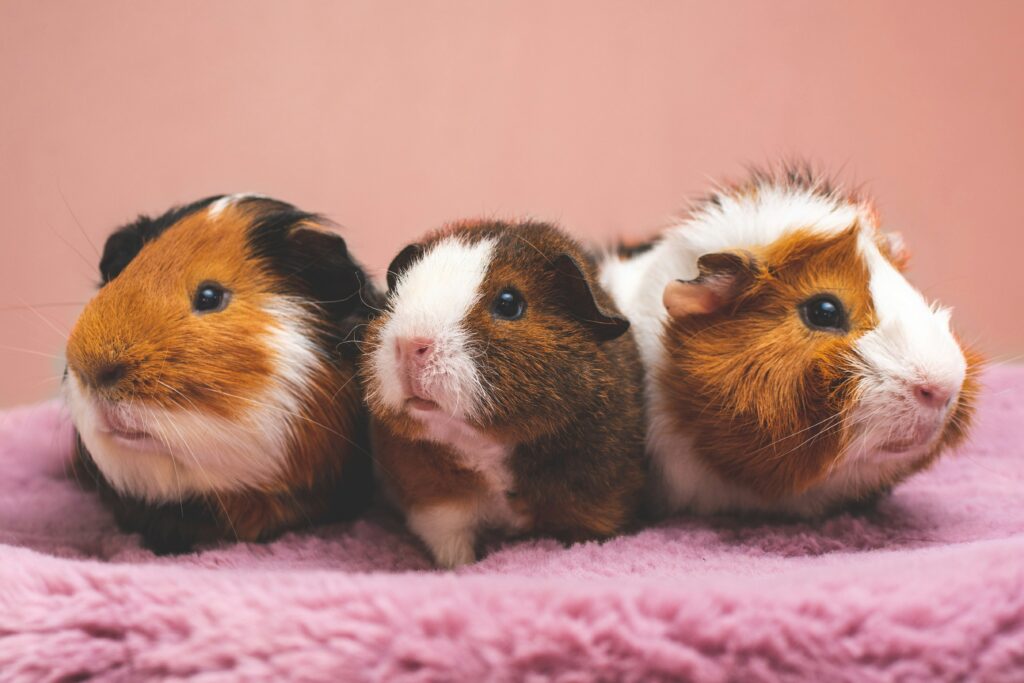
Guinea pigs are popular pets known for their docile nature and cute appearance. However, their name often leads to confusion. Are guinea pigs actually rats or pigs? The answer is neither!
The guinea pig is a small, social rodent. They are not related to pigs in any direct way, and even though they do share the order of Rodentia with rats, hamsters, chinchillas, and several others, they are very different from any of those species.
This article aims to clarify this common misconception by exploring the origins, characteristics, and scientific classification of guinea pigs.
Understanding Guinea Pigs: Origins and History
Historical Background
Guinea pigs, also known as cavies, have a rich history that dates back thousands of years. Originating from the Andean region of South America, they were domesticated by indigenous people for food and as pets. The Inca civilization revered guinea pigs and often depicted them in art and pottery. In their native regions, guinea pigs were a significant source of protein and played a vital role in traditional ceremonies and medical practices.
Etymology of “Guinea Pig”
The term “guinea pig” is a bit of a mystery. One theory suggests that these animals were brought to Europe by way of Guinea, although they are not native to Africa. Another theory posits that “guinea” was a term used to describe something exotic or foreign. The “pig” part of their name likely refers to their stout, pig-like appearance and the squealing noises they make, which are reminiscent of a piglet’s squeals. Regardless of the exact origin, the name stuck, even though it inaccurately describes them.
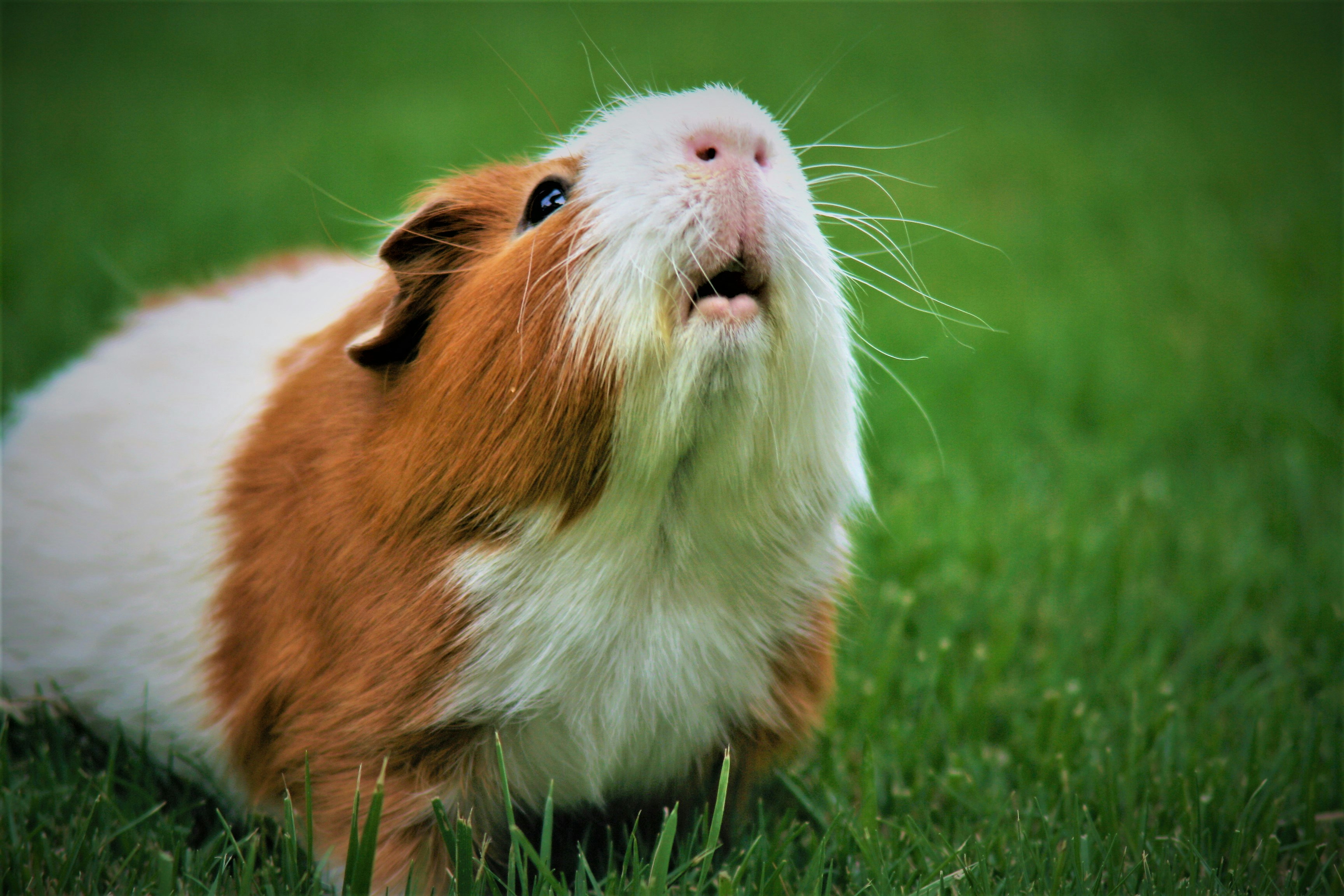
Scientific Classification
Taxonomy
Guinea pigs belong to the family Caviidae and the genus Cavia. Their scientific name is Cavia porcellus.
Family and Genus
- Family: Caviidae
- Genus: Cavia
- Species: Cavia porcellus
This classification places guinea pigs in a family distinct from both rats and pigs. Rats belong to the family Muridae, while pigs are part of the family Suidae. This clear taxonomic difference highlights that guinea pigs are neither rats nor pigs, despite some superficial similarities.
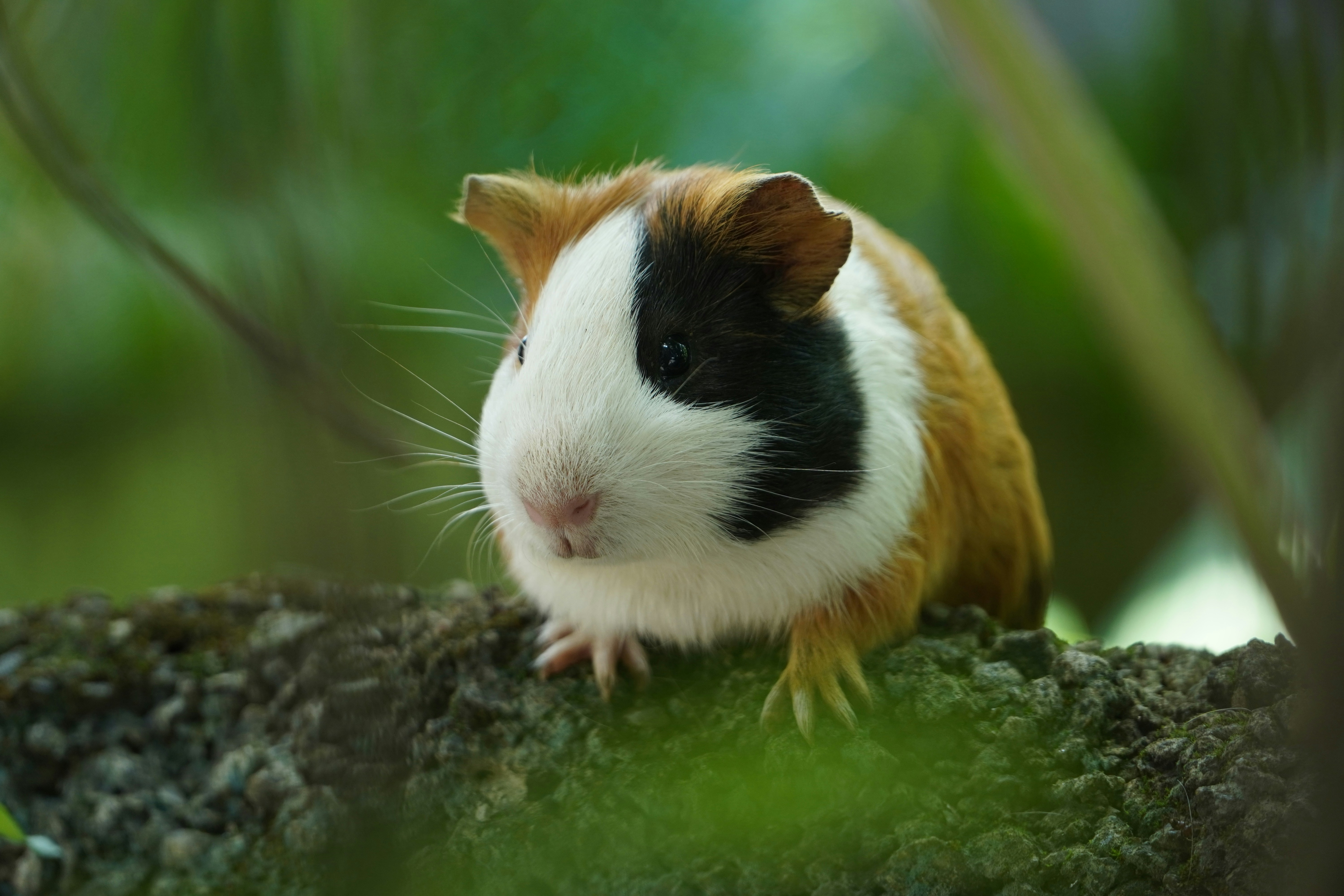
Physical Characteristics
Appearance
Guinea pigs have a distinctive body shape that sets them apart from other small pets. Their bodies are robust and cylindrical, with no visible tail. They have large heads compared to their body size, with a short, blunt nose and large, expressive eyes. Their ears are small, rounded, and covered with fine hair.
Their legs are short, with four toes on each front foot and three on each back foot. Guinea pigs have sharp claws that need regular trimming. Their teeth, especially the incisors, grow continuously and must be worn down by chewing on fibrous materials.
Size and Weight
Adult guinea pigs typically measure between 8 to 12 inches (20 to 30 centimeters) in length. Their weight can vary significantly based on breed, diet, and overall health, but they generally weigh between 1.5 to 2.6 pounds (700 to 1200 grams).
There are different breeds of guinea pigs, and some may be slightly larger or smaller. For example, the American breed tends to be on the smaller side, while the larger breeds like the Texel or Peruvian may weigh a bit more. Monitoring their weight is crucial, as significant fluctuations can indicate health issues.
Fur and Coloration
Guinea pigs come in a wide variety of fur types and colors, making each one unique. Their fur can range from short and smooth to long and flowing, depending on the breed. Here are some of the most common fur types:
- Short-Haired (American and Crested): These guinea pigs have smooth, short fur that lies flat against their bodies. They are low-maintenance and easy to groom.
- Abyssinian: Characterized by rosettes, or swirls of fur, the Abyssinian has a textured coat that requires more grooming to prevent matting.
- Peruvian: These guinea pigs have long, silky hair that can grow several inches in length. They require regular grooming to keep their fur tangle-free.
- Silkie (Sheltie): Similar to the Peruvian but with fur that flows back from the head, the Silkie has a long, soft coat that needs frequent grooming.
- Texel: This breed has long, curly fur that gives them a unique, wooly appearance. Their coats require daily grooming to prevent tangles.
- Rex: Rex guinea pigs have short, dense, and curly fur. Their unique texture gives them a plush, soft appearance.
- Skinny Pig: Unlike other guinea pigs, Skinny Pigs are mostly hairless, with just a bit of hair on their noses, feet, and legs. They have a smooth, soft skin that requires special care to keep clean and moisturized. Their lack of fur makes them more susceptible to temperature changes, so they need a warm and stable environment.
Guinea pigs also exhibit a wide range of colorations and patterns. Some common colors include:
- Solid Colors: These guinea pigs are one solid color, such as black, white, brown, or cream.
- Agouti: This pattern features a blend of two colors, with each hair having a base color and a tip color, creating a flecked appearance.
- Brindle: This pattern consists of intermingled hairs of different colors, often producing a striped or speckled look.
- Dalmatian: Named after the spotted dog breed, dalmatians have a base color with spots of another color.
- Himalayan: Similar to Siamese cats, Himalayans have a white or cream body with darker ears, nose, and feet.
- Tricolor: This pattern includes patches or bands of different colors, such as black, white, and red.
In addition to these patterns, guinea pigs can also have unique markings and combinations, making each one distinct.
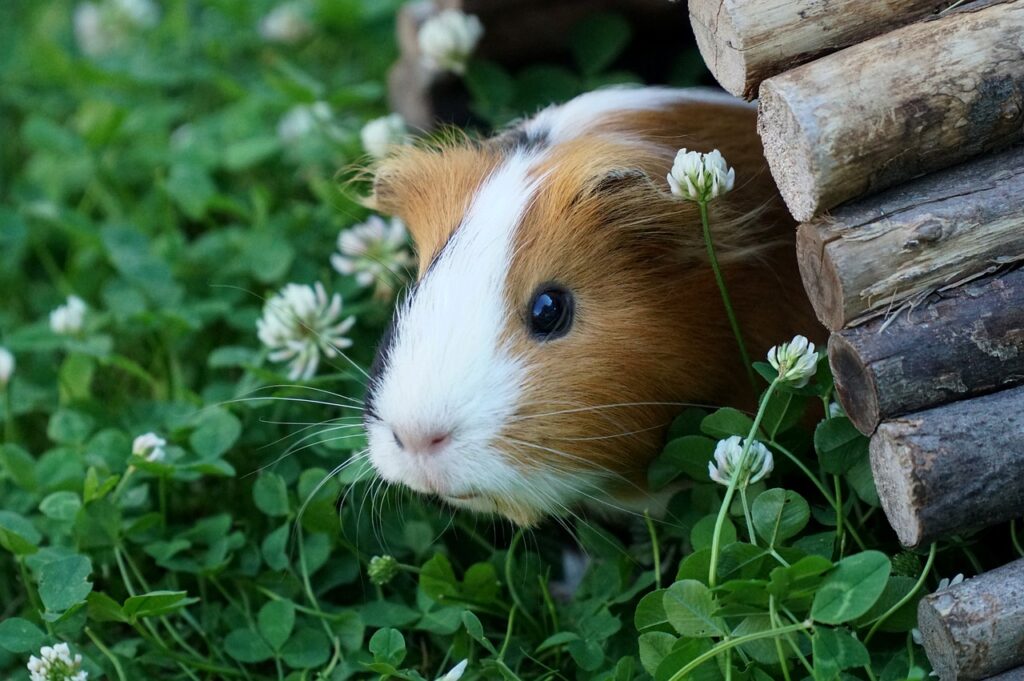
Behavioral Traits
Social Nature
Guinea pigs are highly social animals. They thrive in groups and exhibit a range of vocalizations to communicate with each other. This social behavior is more aligned with herd animals than with solitary rodents like many rat species. Guinea pig’s social structure and communication methods are complex and involve a variety of sounds, including purring, chirping, and wheeking.
Activity Patterns
Guinea pigs are crepuscular, meaning they are most active during dawn and dusk. They spend a significant amount of time foraging and grazing, which is quite different from the nocturnal behavior often observed in rats. This crepuscular nature makes guinea pigs more active and engaging pets during the times of day when many people are at home, enhancing their suitability as companion animals.
Communication
Guinea pigs use a variety of vocalizations and body language to communicate. They squeak when excited or hungry, purr when content, and can even make a rumbling sound when annoyed or frightened. Their rich vocal repertoire is part of what makes them fun pets and is significantly different from the simpler communication methods of some other rodents.
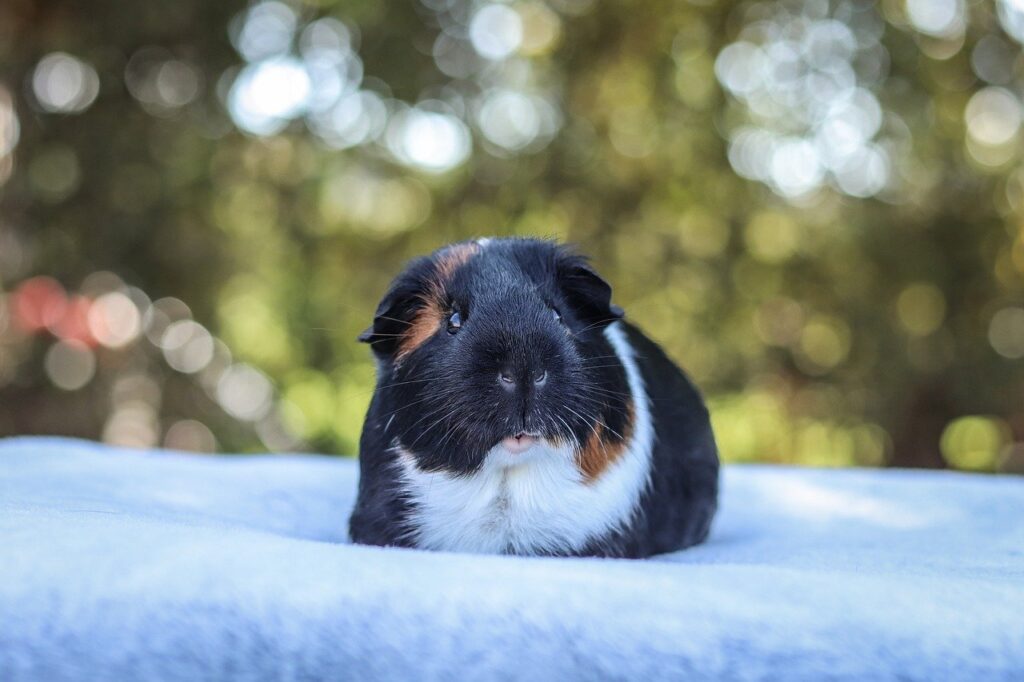
Diet and Nutrition
Herbivorous Diet
Guinea pigs are strict herbivores. Their diet consists mainly of hay, fresh vegetables, and specially formulated pellets. Fruits can also be given in moderation, and can make great incentives for training!
Nutritional Needs
Guinea pigs require a diet high in Vitamin C because, like humans, they cannot synthesize it on their own. This need for Vitamin C is a critical aspect of their care and distinguishes their dietary requirements from those of rats and pigs. A deficiency in Vitamin C can lead to scurvy, a serious health condition in guinea pigs.
Common Foods
A balanced guinea pig diet includes:
- Hay: Timothy hay is a staple and should be available at all times.
- Fresh Vegetables: Leafy greens like kale, spinach, and romaine lettuce are favorites, along with bell peppers and carrots.
- Pellets: Specially formulated guinea pig pellets ensure they get necessary nutrients, including Vitamin C.
- Water: Fresh, clean water should always be available.

Reproduction and Lifespan
Breeding
Guinea pigs have a relatively long gestation period for their size, lasting about 59 to 72 days. They give birth to well-developed pups that are fully furred and have open eyes. This precocial development is unique among small rodents, contrasting with the altricial (helpless and undeveloped) young of rats and mice.
Lifespan
The average lifespan of a guinea pig is 4 to 7 years, which is longer than many small rodents like rats but much shorter than that of domestic pigs, which can live up to 15 years or more. This relatively longer lifespan compared to other small pets makes guinea pigs a longer-term commitment for pet owners.
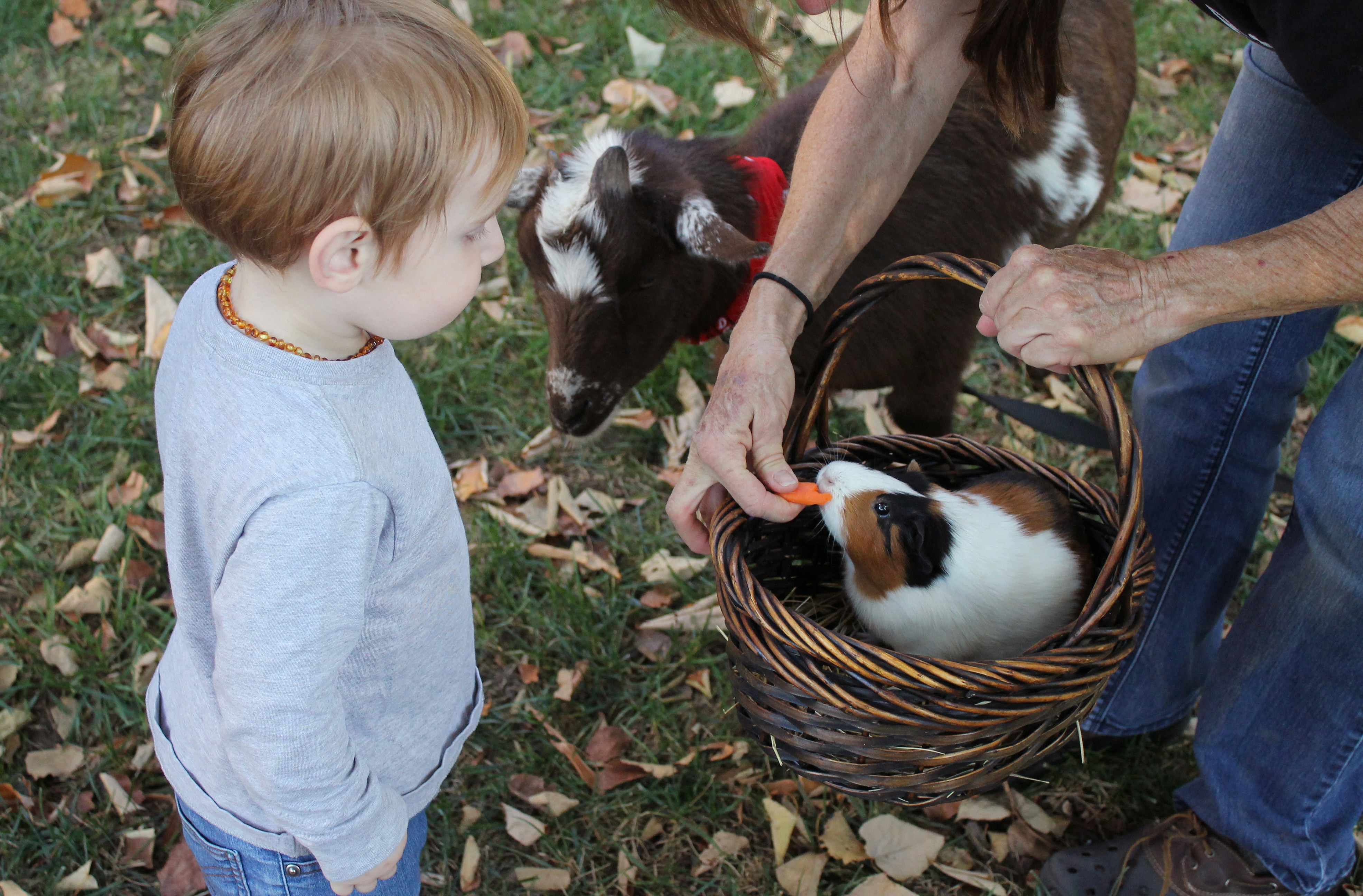
Health and Care
Housing Requirements
Guinea pigs require a spacious cage with ample room to move around. Unlike some other rodents, they do not climb, so multi-level cages are unnecessary. A solid floor is essential to prevent foot injuries, and the cage should have plenty of hiding spots and chew toys to keep them mentally stimulated.
Bedding and Cleanliness
Appropriate bedding, such as paper-based or aspen shavings, helps keep the cage clean and odor-free. Regular cleaning is crucial to prevent respiratory issues and other health problems. Guinea pigs are prone to skin conditions if their environment is not kept clean and dry.
Health Issues
Common health issues in guinea pigs include scurvy (due to Vitamin C deficiency), dental problems, and respiratory infections. Proper diet and regular veterinary check-ups are essential to maintaining their health. It’s important to monitor their teeth growth and ensure they have enough roughage to keep their teeth worn down naturally.
Grooming
Guinea pigs, especially long-haired breeds, require regular grooming to prevent their fur from becoming matted. Regular brushing helps keep their coat healthy and reduces the risk of skin problems. Bathing is generally not necessary and can be stressful for guinea pigs, but occasional cleaning with a damp cloth may be required.
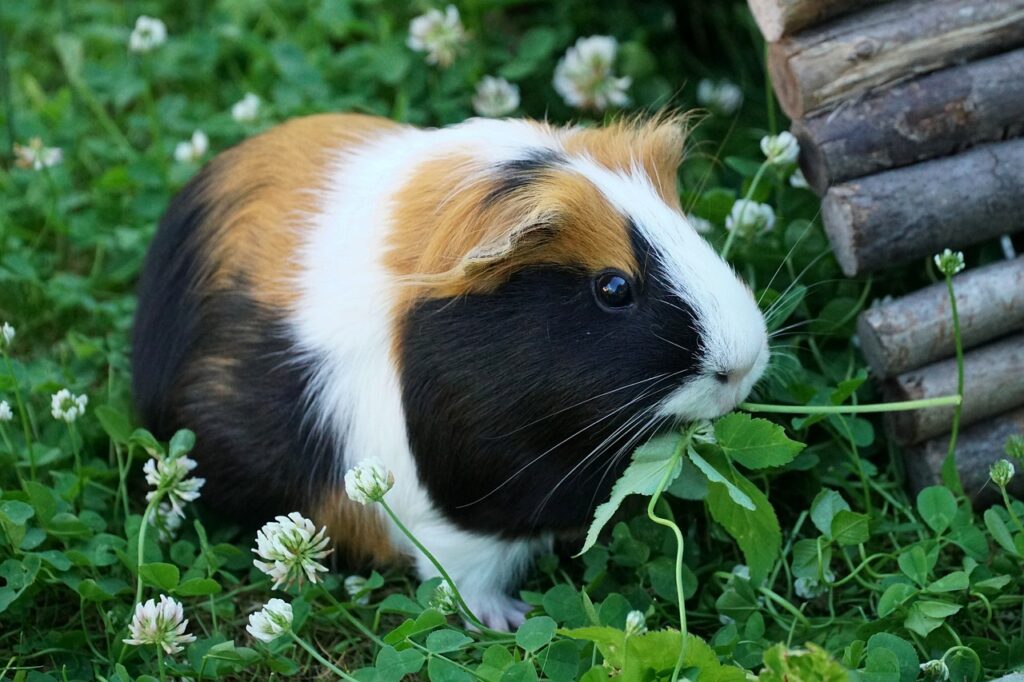
Frequently Asked Questions
Are guinea pigs rodents?
Yes, guinea pigs are classified as rodents. They belong to the order Rodentia, which also includes animals like rats, hamsters, and chinchillas.
Why are they called guinea pigs?
The name “guinea pig” is believed to originate from their journey to Europe via Guinea or because “guinea” was a term for something exotic. The exact reason remains unclear.
Do guinea pigs bite?
Guinea pigs are generally gentle and do not bite unless provoked or frightened. They are known for their docile nature.
Can guinea pigs and rats live together?
It is not advisable to house guinea pigs and rats together. They have different social structures, dietary needs, and behaviors, which can lead to stress and health issues.
How long do guinea pigs live?
Guinea pigs typically live for 4 to 7 years with proper care. Some can live longer, but this is the average lifespan.
What do guinea pigs eat?
Guinea pigs are herbivores and their diet consists mainly of hay, fresh vegetables, and specially formulated pellets. They require a diet high in Vitamin C.
How often should I clean my guinea pig’s cage?
It’s recommended to spot-clean your guinea pig’s cage daily, removing any soiled bedding and uneaten food. A thorough cleaning should be done weekly, replacing all bedding and disinfecting the cage to ensure a healthy environment.
Can guinea pigs be litter trained?
Guinea pigs can sometimes be trained to use a specific area of their cage as a bathroom, but they do not have the same level of litter training ability as some other pets, like rabbits or cats.
Do guinea pigs need companions?
Guinea pigs are social animals and thrive in the company of their own kind. It’s recommended to keep them in pairs or small groups to prevent loneliness and promote natural behaviors. Learn more about guinea pigs and companionship here.
Are guinea pigs noisy?
Guinea pigs can be quite vocal, especially during feeding times or when seeking attention. Their sounds include wheeking, purring, and chirping, each indicating different emotions or needs.
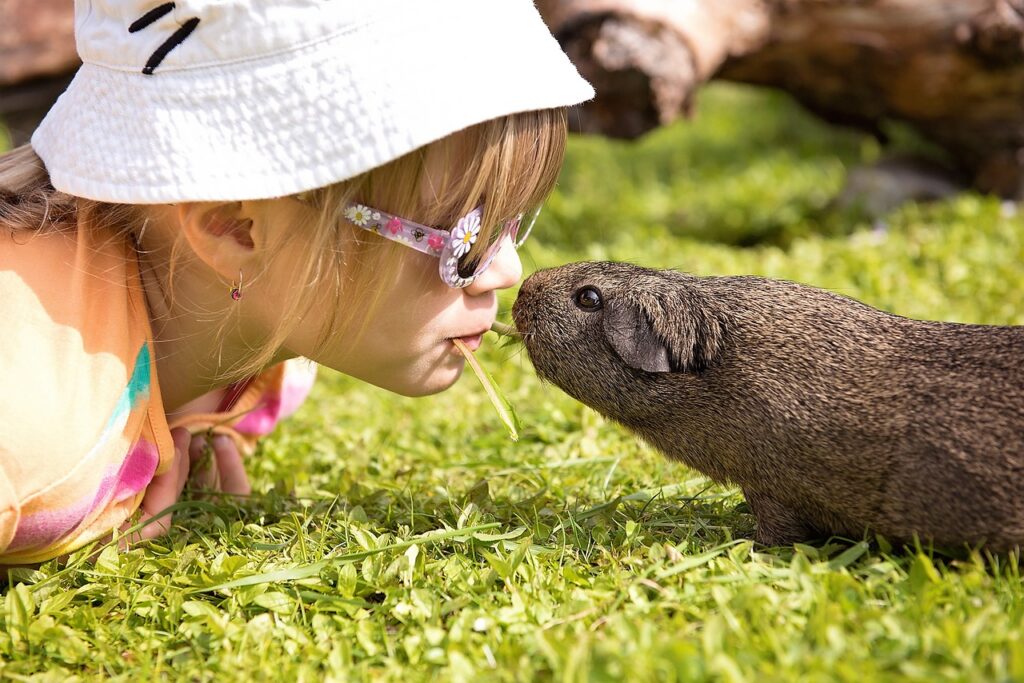
Conclusion
In summary, guinea pigs are neither rats nor pigs. They are unique rodents with distinct characteristics that set them apart from other animals. Understanding their origins, physical traits, behavior, and dietary needs helps clarify the confusion surrounding their name! As beloved pets, guinea pigs continue to capture the hearts of many with their gentle nature and sweet personalities. Their rich history, complex communication, and specific care requirements make them fascinating and rewarding pets for those willing to invest the time and effort into their care.

